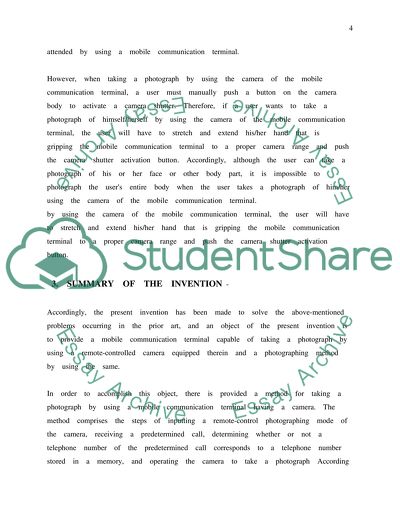Cite this document
(“The interface to a mobile (wireless) webcamera Essay”, n.d.)
The interface to a mobile (wireless) webcamera Essay. Retrieved from https://studentshare.org/miscellaneous/1520337-the-interface-to-a-mobile-wireless-webcamera
The interface to a mobile (wireless) webcamera Essay. Retrieved from https://studentshare.org/miscellaneous/1520337-the-interface-to-a-mobile-wireless-webcamera
(The Interface to a Mobile (wireless) Webcamera Essay)
The Interface to a Mobile (wireless) Webcamera Essay. https://studentshare.org/miscellaneous/1520337-the-interface-to-a-mobile-wireless-webcamera.
The Interface to a Mobile (wireless) Webcamera Essay. https://studentshare.org/miscellaneous/1520337-the-interface-to-a-mobile-wireless-webcamera.
“The Interface to a Mobile (wireless) Webcamera Essay”, n.d. https://studentshare.org/miscellaneous/1520337-the-interface-to-a-mobile-wireless-webcamera.


